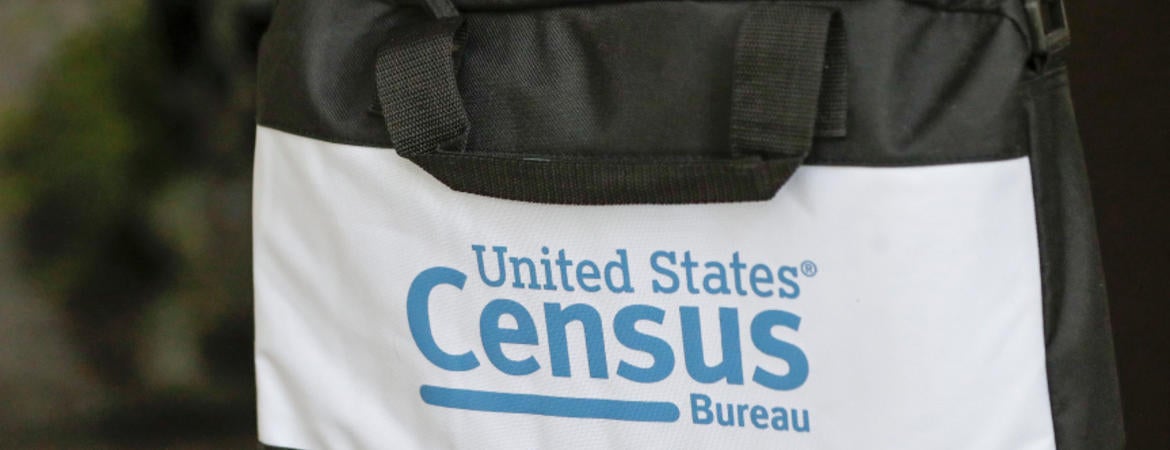Center for Social Innovation

Ending the count abruptly means there will be less complete data, especially “when it comes to having a detailed understanding of the resident population of California,” said Karthick Ramakrishnan, director of the UC Riverside’s Center for Social Innovation and director of the Inland Empire Census Complete Count Committee.
“When you have more time, you are more likely to have information about demographic characteristics of people such as age, gender and race,” he said. “The (Trump administration) is showing a desire to rush this through to get the data to Congress before the end of the year, regardless of how flawed it may be.”
The Supreme Court’s decision is unfortunate because it hampers the ability of the Census Bureau to complete a full count, said Bey-Ling Sha, dean of the College of Communications at Cal State Fullerton, who worked at the Census Bureau from 1999 to 2004. Sha said the Census Bureau has a constitutional mandate to count 100% of the U.S. population, and its ability to fulfill that mandate is in jeopardy.
“Two weeks is still a lot of time because of the scale of the operation, given the numbers involved, the complexity of the operation and all of the different kinds of populations that need to be counted,” she said. “Having the time to do that is really important. It’s unfortunate that the accuracy of the census will be jeopardized.”